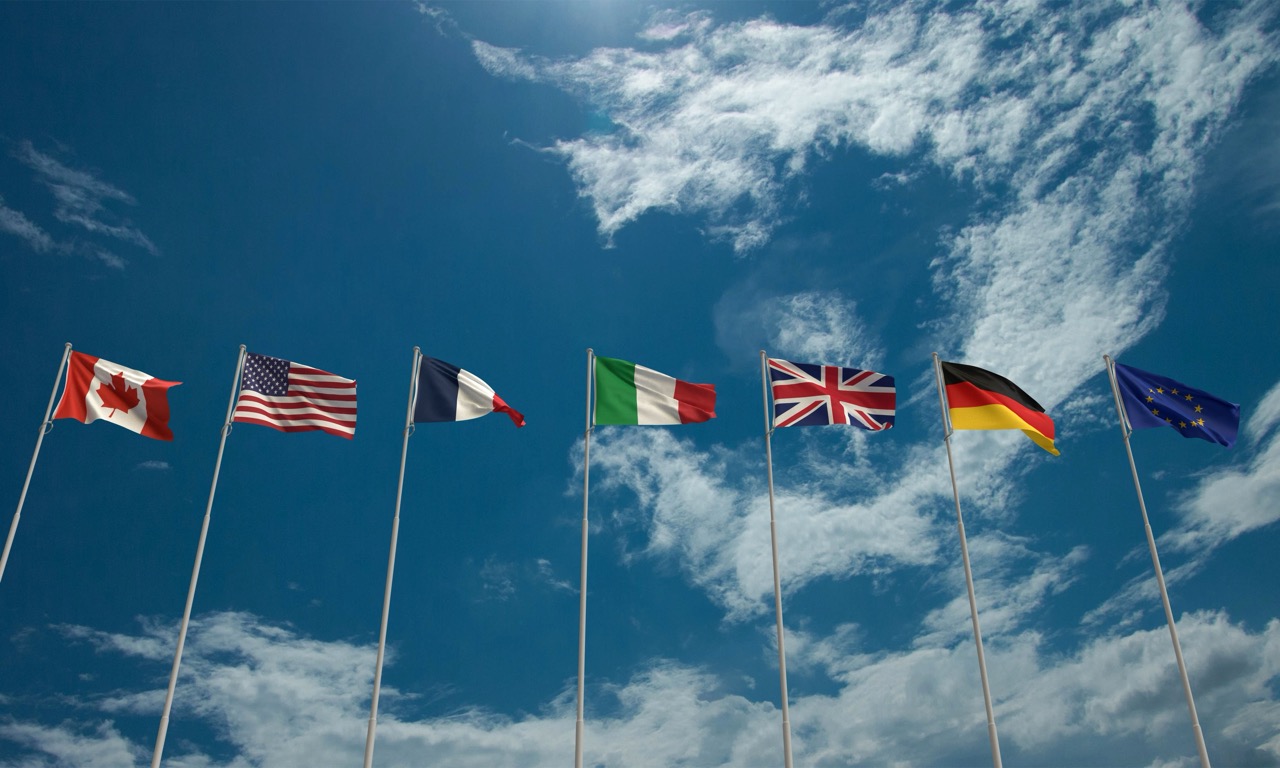G7 performance on European security
From nuclear disarmament to regional crises, there’s a precedent for the G7 to focus on regional security in Europe – and this year provides an opportunity for European leaders to align on common strategies for current challenges, writes Bogdan Stovba, lead analyst, G7 Research Group
European security came onto the G7 summit’s public agenda at the 1981 Ottawa Summit, where leaders agreed that economic policies towards the Soviet Union should be compatible with security considerations. In addressing European security, G7 summits focused on tensions with, and later reforms in, the Soviet Union and Russia, as well as non-proliferation, nuclear disarmament and regional crises across the continent. Although European security is unlikely to be a key priority for the US-hosted G7 in 2020, it nonetheless provides an opportunity for the leaders to evaluate progress on resolving the ongoing crisis in Ukraine and to align on a common strategy ahead of the next round of meetings on the Normandy Format among Germany, France, Ukraine and Russia, which was revived at the G7’s Biarritz Summit in August 2019.
Conclusions
From 1981 to 2019, the G7 dedicated 13,782 words (3%) to European security in its communiqués.
In the first phase, from 1981 to 1986, the G7 dedicated an average of 9% of words per summit to European security, with a focus on relations with the Soviet Union. At the 1983 Williamsburg Summit, this spiked to 14%, in response to the USSR deploying nuclear missiles in Europe. In the second phase, from 1987 to 1991, the average words per summit dropped to 6%, and the focus shifted from confrontation with the USSR to assisting it with economic and political reforms. In the third phase, from 1992 to 2000, the average words per summit rose to 8%, as the G7 focused on regional crises in the Balkans and former Soviet states. The first half of this phase had more words than the latter half combined: in 1992 the G7 dedicated 21% of its communiqué to European security; in 1993, 11%, and in 1995, 12%. Between 1996 and 2001, the summits averaged between 3% and 5% on this subject. In the fourth phase, from 2001 to 2014, the average plunged to 2% per summit, with a focus on non-proliferation and strategic arms control. In the fifth phase, from 2014 to 2019, the average rose to 4% per summit, with a peak of 11% in 2014, triggered by Russia’s annexation of the Crimean peninsula.
The G7 produced dedicated documents on the crises in the Balkans in 1992, 1995, 1996 and 1997, as well as one on Northern Ireland in 1998. The G7 also made two stand-alone statements: on the Nagorno-Karabakh conflict in 1997 and the Hague Declaration on Ukraine issued on the margins of the Nuclear Security Summit in March 2014. Notably, the 2008 crisis in Georgia is the only conflict in Europe not mentioned in the G7 summit documents.
Commitments
G7 summits have produced a total of 52 collective, future-oriented, politically binding commitments on European security, as identified by the G7 Research Group. They average 2% of all commitments per summit. The portion rose to 7% at the 1988 Toronto and 1993 Tokyo summits. The periods between 1981 and 1983 and between 1986 and 1993 had a higher than average number of commitments, with 5% and 4%, respectively. Between 1994 and 2019, the average was only 1%. After the start of the conflict in Ukraine in 2014 there was no noticeable increase in commitments on European security.
Compliance
The G7 Research Group has assessed five of the total 52 commitments on European security made by G7 members. With average compliance of 85%, G7 members had higher compliance on the subject of European security than on regional security more broadly (82%) and higher than the 76% average across all subjects. More specifically, there was 78% compliance with the commitment made at the 2001 Genoa Summit, 100% with the commitment to raise funds for the Global Partnership against Weapons and Materials of Mass Destruction made at the 2005 Gleneagles Summit, and 78% and 84% compliance with the commitments made at the 2006 St Petersburg and 2015 Schloss Elmau summits respectively.
Corrections
Given the limited data available, it is difficult to infer whether actions such as holding a ministerial meeting before the summit could improve compliance. However, a detailed analysis of the assessed commitments demonstrates that including specific timelines results in higher compliance. Moreover, the decrease in compliance scores from 100% in 2005 to 88% in 2006 for a commitment to pledge $20 billion for the Global Partnership suggests that shortening the timeline for a commitment might improve compliance. As compliance is not possible without commitments, the G7 should aim to translate more of its deliberations on European security into public and politically binding commitments.












